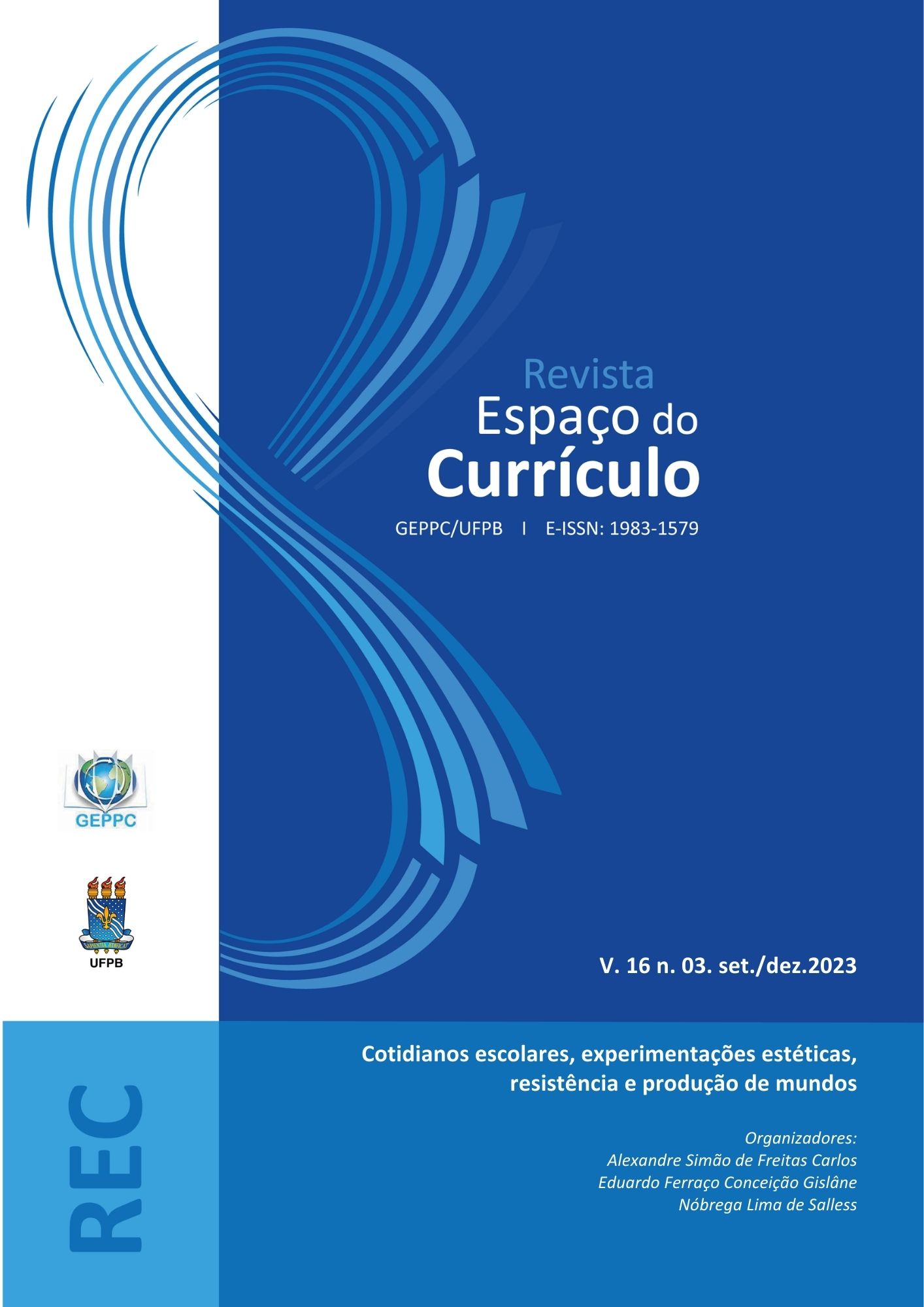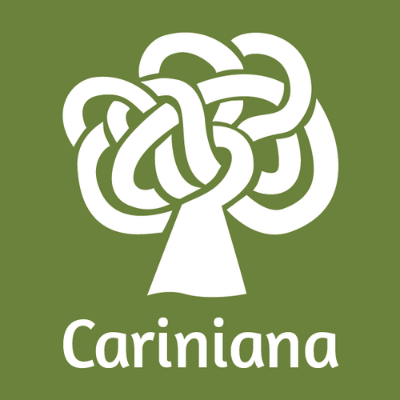BRINCANDO DE VIVER
quando um corpo esgotado cria modos de existências no currículo com festas
DOI:
https://doi.org/10.15687/rec.v16i3.68497Palavras-chave:
Devir-criança, Corpo esgotado, Brincar de viverResumo
Este artigo mostra que criar novas formas de vida no currículo com festas é criar uma vida outra apesar de todos os poderes que insistem em enclausurar vidas. É abrir-se à alegria de brincar e ao desejo de viver. Para tanto tem como objetivo analisar como um corpo esgotado cria modos de existências no currículo com festas. Argumentamos que um corpo esgotado, em um dia de festa, ao traçar linhas de fuga para sobreviver, experimenta novas formas de vida e brinca de viver ao experimentar as potencialidades do corpo no currículo. Mostramos como um corpo que parecia ter sua vida marcada pelas incertezas e pelas aflições, um corpo esgotado, em um currículo com festas, brinca de viver. Isso porque ao entrar em devir percorre novos caminhos, explora, cria novos mundos, brinca de viver, sorri. O corpo esgotado, tão marcado e muitas vezes silencioso e silenciado, mostrou que há sempre novos passos a serem dançados no currículo com festas. Mostrou que um corpo em devir-criança espanta. Espanta ao sorrir. Porque cria singularidades, momentos. Evidencia que os seus agenciamentos possibilitam linhas de fuga.
Downloads
Métricas
Referências
ABBOT, Lesley. “Brincar é bom!” Desenvolvendo o brincar em escolas e sala de aula. In: MOYLES, Janet. A excelência do brincar. Porto Alegre: Artmed, 2006. p. 94-107.
BUTLER, Judith. Quadros de guerra: quando a vida é passível de luto? Rio de Janeiro: Civilização Brasileira, 2019.
CARNEIRO, Gláucia Conceição; PARAÍSO, Marlucy Alves. Cartografia para pesquisar currículos: um exercício ativo e experimental sobre um território em constante transformação. Práxis Educativa, v. 13, n. 3, p. 1003-1024, 2018. DOI: https://doi.org/10.5212/PraxEduc.v.13i3.0021
DELEUZE, Gilles. Sobre teatro: um manifesto de menos – O esgotado. Rio de Janeiro: Zahar, 2010.
DELEUZE, Gilles; GUATTARI, Félix. Mil platôs: capitalismo e esquizofrenia. São Paulo: Editora 34, 2017.
DELEUZE, Gilles; GUATTARI, Felix. O que é a filosofia? São Paulo: Editora 34, 1992.
DELEUZE, Gilles; PARNET, Claire. Diálogos. São Paulo: Editora Escuta, 1998.
DELIGNY, Fernand. O aracniano e outros textos. Tradução de Lara de Malimpesa. São Paulo: n-1 edições, 2015.
LÓPEZ, Maximiliano Valerio. Acontecimento e experiência no trabalho filosófico com crianças. Belo Horizonte: Autêntica, 2008.
PARAÍSO, Marlucy Alves. Currículos: teorias e políticas. São Paulo: Editora Contexto, 2023.
PARAÍSO, Marlucy Alves. Diferença no currículo. Cadernos de Pesquisa, São Paulo, v. 40, n. 140, p. 587-604, 2010. DOI: https://doi.org/10.1590/S0100-15742010000200014
PARAÍSO, Marlucy Alves. Uma vida de professora que forma professora/es e trabalha para o alargamento do possível no currículo. Curitiba: Brazil Publishing, 2019.
PELBART, Peter Pál. O avesso do niilismo: cartografias do esgotamento. São Paulo: n-1 edições, 2016.
PEREIRA, Eugenio Tadeu. Brincar e criança. In: CARVALHO, Alysson et al. (org.). Brincar(es). Belo Horizonte: UFMG, 2005. p. 17-28.
Downloads
Publicado
Como Citar
Edição
Seção
Licença
Copyright (c) 2023 Revista Espaço do Currículo

Este trabalho está licenciado sob uma licença Creative Commons Attribution 4.0 International License.
Ao submeter um artigo à Revista Espaço do Currículo (REC) e tê-lo aprovado, os autores concordam em ceder, sem remuneração, os seguintes direitos à Revista Espaço do Currículo: os direitos de primeira publicação e a permissão para que a REC redistribua esse artigo e seus metadados aos serviços de indexação e referência que seus editores julguem apropriados.















